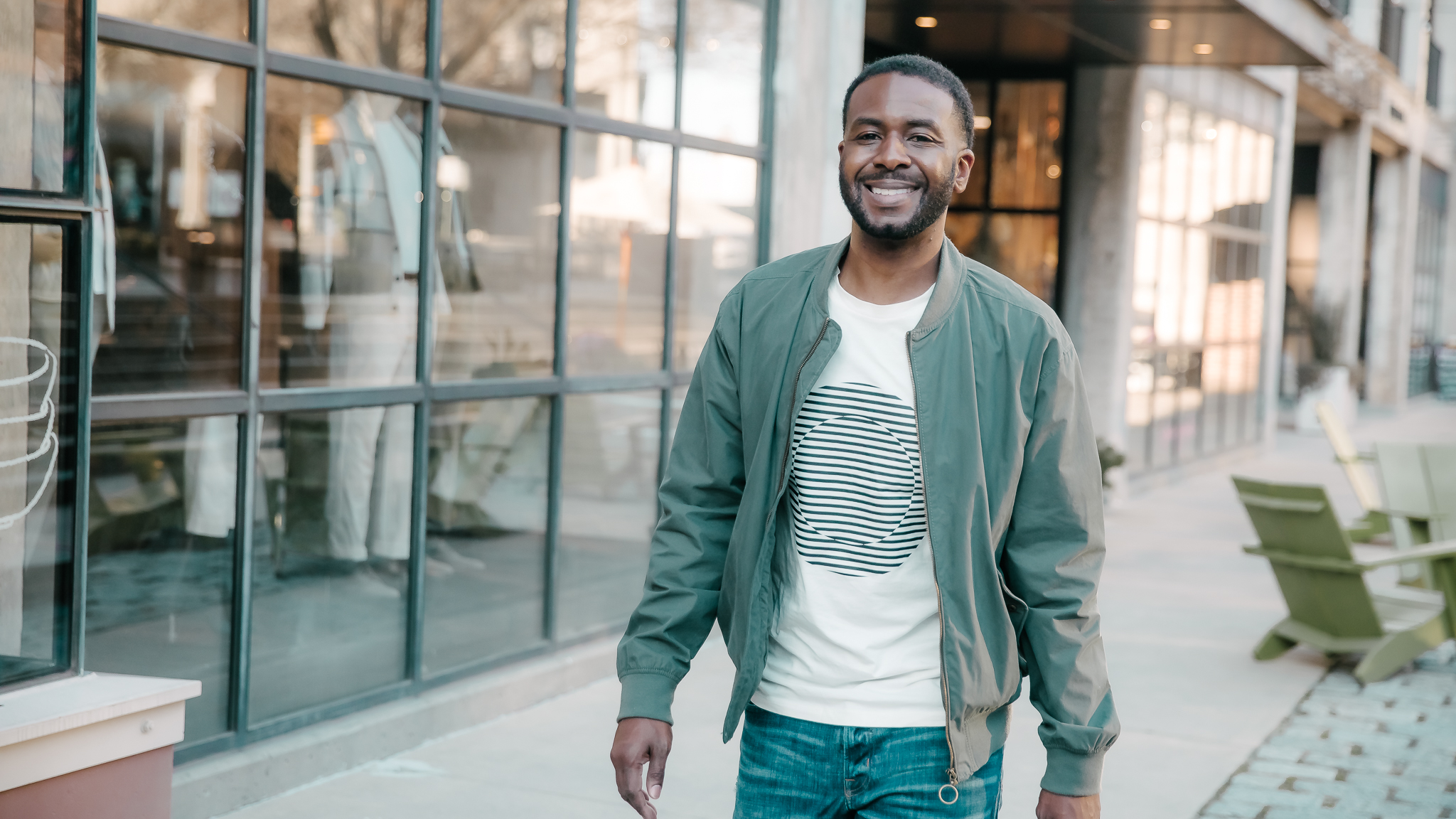
New ideas and energized employees fuel Microsoft’s ongoing efforts toward racial equity
Darrell Booker didn’t trust himself to speak at the all-hands meeting a company vice president had scheduled to discuss racism last June. He was so angry that for the first time in his 25-year career in technology, he couldn’t focus on his job.
The Microsoft employee says he “felt like a zombie at work” in the weeks after George Floyd, a Black man, was killed by a police officer in Minneapolis and the country erupted in anguish over racial injustice. “I was 100% distracted.”
But instead of holding back, Booker surprised himself by being the first to speak up at the meeting. He told his colleagues that while he wasn’t upset with Microsoft’s initial response, he felt the company could do more to reach out to Black communities. Just a few hours later, the executive who led the discussion asked him to weigh in on an outline of an idea to do just that — by providing technology and support to nonprofits that serve Black and African American people.
“Before I know it, we’re building this program, pushing it up to leadership, getting the funding, and going into full planning mode,” Booker says.
The project Booker now leads became part of the Racial Equity Initiative announced by CEO Satya Nadella less than two weeks later, which includes dozens of efforts driven by senior leaders at Microsoft to work toward more racial equity and inclusion both inside and outside the company.
President Brad Smith leads the push to find more Black-led nonprofits and universities to work with, increase broadband coverage to more communities and boost Microsoft’s social justice efforts. Chief Financial Officer Amy Hood is focused on bringing more Black-owned suppliers and partners into Microsoft’s network and banking with more Black-owned financial institutions that in turn lend to Black-owned businesses. And Chief People Officer Kathleen Hogan is directing efforts to recruit, retain and promote more Black, African American, Hispanic and Latinx employees, as well as to help strengthen company culture with resources such as a set of required allyship learning courses.
In June 2020, Microsoft made a five-year commitment to address racial injustice and inequity. The Racial Equity Initiative focuses on three efforts:
- Strengthening the company’s efforts around diversity and inclusion with another $150 million investment in training programs and a goal of doubling the number of Black, African American, Hispanic and Latinx employees in leadership positions by 2025
- Engaging its ecosystem by using its balance sheet and relationships with suppliers and partners to foster societal change
- Strengthening communities by using the power of data, technology and partnership to improve the lives of Black and African American people across the U.S.
Only a few months into their new roles, Booker and his team had to hire more people to manage all the requests coming in. The program had “fantastic support and a tremendous response” when it officially launched Oct. 3, Booker says, joking that he needs to clone himself several times to keep up with it all.
“I’m just one guy that works at this company, but the response underscores the need of some attention to this community,” he says.
Nonprofits generally have to pay for technology with funds that aren’t tied to specific programs. But Black-led nonprofits receive those so-called unrestricted funds at a 76% lower rate than white-led ones, Booker says, leaving them at a disadvantage as donors increasingly demand data and reports for accountability. So Microsoft is targeting those charities with gifts of devices, software and consulting services to help narrow that gap so they can strengthen their operations along with their relationships with funders.
Booker’s group is well over halfway toward its June 30 goal of reaching 1,000 organizations that mainly support Black and African American communities. But he says it has become clear that’s only “a drop in the bucket,” so he’s getting help from data science colleagues to assess the need and come up with a plan “to show holistic impact across the country.”
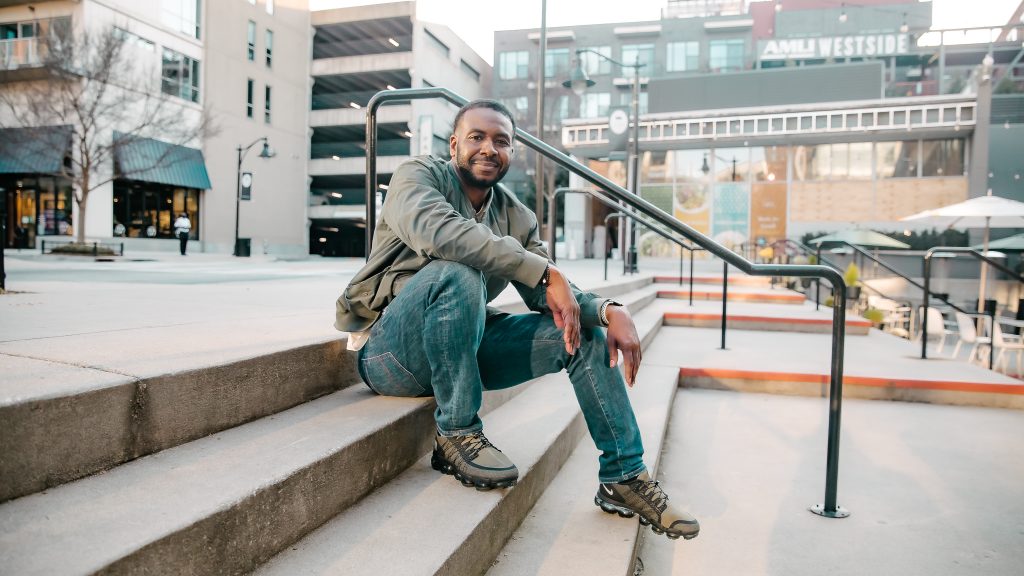
As vice president for technology and corporate responsibility, Shelley McKinley is working with Smith on his programs under the Racial Equity Initiative. One of those efforts involves strengthening Microsoft’s work with universities and helping them expand their computer and data science programs by assisting with curriculum development and policy research, offering Microsoft employees as lecturers, linking the schools with Microsoft recruiters and technical specialists, and more. Her team of three added a fourth person in November to work more with historically Black colleges and universities, which now make up a third of the schools in the program.
“Everything we do ladders up to how technology can be used to tackle societal challenges and benefit society in a way to promote further economic and societal inclusion,” McKinley says.
Her purview extends to a justice reform program initiated in 2014 in the wake of an uprising over the police shooting death of Michael Brown in Ferguson, Missouri. As Black employees began sharing about their experiences with law enforcement, including being subjected to frequent traffic stops, colleagues across the company started looking at data on policing. The effort grew quickly and now has six employees assigned to it full-time, who were able to quickly expand their scope last year to focus on accountability in policing, prosecution and diversion — the front-end pieces of the justice system in the U.S.

“We’re a tech company, so we’re uniquely qualified to use technology and data to make a positive difference and help drive reform,” McKinley says. “We’re not a civil rights organization, but what we can do is partner with groups that are working on the front lines of justice reform and use our technology to significantly accelerate their progress.”
Her team helps nonprofits access data and make it easier to use and understand, empowering them with insights to target necessary changes in the justice system. Twelve new partnerships have begun since last summer to improve policing policies, programs and practices, to develop innovative models for public safety, and to work toward data-driven prosecution reform.
“Every great initiative or program we have in the company started with someone’s idea,” McKinley says. “That’s how you make change at a company as big as Microsoft. You start with an idea and keep pushing.”
As she works on McKinley’s team, Vickie Robinson has one person always in mind: her younger brother.
Robinson was born to teenage parents in Milwaukee’s inner city, in a situation she says led to a childhood of limitations, assumptions and artificial ceilings placed on her future prospects. But she was the first in her family to go to college and graduate school and says she’s been “the beneficiary of people providing light and opportunity.”
Wanting to help others as she’d been helped, she says she began focusing on improving access to broadband internet with the recognition that “being able to communicate is foundational to being able to participate in a meaningful way in society.”
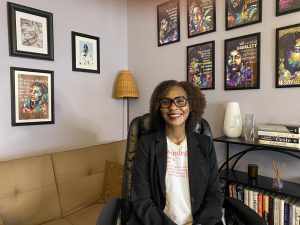
Robinson joined Microsoft six months into the company’s Airband initiative, begun four years ago to narrow the rural-urban digital divide. But she knew from personal experience that rural areas weren’t the only ones hurt by a lack of internet access.
“It’s a big, hairy problem when half of the world’s population doesn’t have access to broadband, so it’s great that we’ve expanded the Airband initiative as part of our work to address racial inequity,” she says.
While high-speed internet often isn’t available to those in rural areas, the situation in urban centers is more about affordability.
It’s a financial choice Robinson can relate to, remembering how her mother had to prioritize while raising her and her little brother. He’s now an operations driver for Milwaukee’s department of public works, doing trash and snow removal for the city. Robinson says he and his family rely on mobile phones rather than paying for broadband and the devices needed to use it.
Her brother would love to start his own business, Robinson says, but he’s limited by technology — his data is capped, and it’s hard to apply for a business loan on a mobile phone.
“What if he could get broadband, and if people taught him how to use the technology in a way that’s relevant and would empower him and his entrepreneurial aspirations?” she muses. “He’s my not-so-secret case-study and passion.”
Microsoft is working with partners in eight cities to offer affordable broadband service along with low-cost devices and digital-skills training. The pilot launched in September and has already connected 1,500 households in Los Angeles, enabling children to access online classes and those hit by COVID-19 to get help with healthcare and finances.
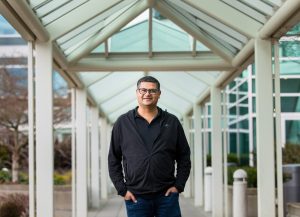
In the banking realm, Microsoft is working to double the volume of its investments with Black-, African American- and minority-owned financial institutions, says Treasurer Tahreem Kampton. It’s also investing $100 million in capital for such banks to lend to businesses or homeowners, as well as taking over loans from minority-led depository institutions to free up their balance sheets so they can put more capital into their underserved communities.
In addition, Microsoft’s treasury team is developing 10 innovative concepts they think will help create a more equitable financial system in the U.S., Kampton says, and is ahead on a three-year target for other projects already announced. The group is coming up with strategies to provide additional forms of capital such as loans and equity, which would have a broader impact by enabling banks to make longer-term investments in their communities, he says. The new efforts expand on the company’s 20-year history of placing deposits at banks that serve disadvantaged neighborhoods across the country. When Hurricane Katrina hit New Orleans in 2005, for example, Microsoft supported the region’s economic recovery by maintaining a large deposit in a bank there, which allowed those funds to circulate among local residents and businesses.
“The damage caused by centuries-old structures that were built with a different vision than what we have now around equity will take time and will to change,” says Diana Navas-Rosette, who leads strategy and innovation on Microsoft’s Global Diversity & Inclusion team. Microsoft’s pledge for change across the company and the country “requires focus, renewing the commitment frequently, and an openness to recovering from mistakes,” she says.
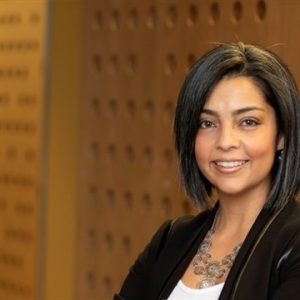
Navas-Rosette has been working on diversity efforts most of her life, since immigrating to Florida from Colombia as a teenager and finding that she constantly had to prove her value to move past structural barriers amid a new culture and language where she was often shoved aside. So part of her feels impatient with the slow pace of most efforts toward greater equity.
Yet at the same time, she says, “it’s wild to think that within the space of only six months we were having the difficult conversations, connecting with experts to learn more, developing learning content, taking a hard look at processes and launching new programs. There’s been a lot of progress, even though it might not be tangible for a lot of people yet.”
For example, it can take years to help individuals achieve certain leadership levels through various roles and experiences, says Jonathan Budden, who leads executive talent management for Microsoft and works with Nadella and his senior leadership team to guide the way employees are developed and promoted. But with his team’s “relentless effort toward talent equity,” he says, there already are visible signals of progress as executives connect with broader, more diverse pools of potential leaders.
From the top down, Microsoft has the desire, energy and financial commitments required to engage in this work, Navas-Rosette says. Time and trust are the biggest challenges, she says, because people are upset and want to see immediate results, and because there’s a lot of distrust in the system. So leaders are trying to be transparent about the progress of efforts underway and to create accountability markers.
The company is gathering top experts in academia, law, behavioral science and social change on March 17 for a digital event called “Include 2021,” intended to share insights about how best to accelerate diversity and inclusion efforts and drive systemic and individual change.
“This is an opportunity to take a pause and confront the realities of what’s been and what it will require to change minds, hearts and systems,” Navas-Rosette says. “You have to understand yourself and the systems under which you’re operating, and then you can start looking for ways to effect change and what steps can be taken with speed or what areas will require more work and collaboration.”
Wendy Ditmore, a senior marketing lead for Microsoft’s Partner Network, points to something in her personal life that inspired her to help boost the success of Black-owned startups: Her 13-year-old child came out last year as nonbinary, with a gender identity that’s not exclusively male or female. Ditmore says it was initially hard for her to accept, but it led to a professional revolution.
“I came to understand that there are so many people like my child who have ceilings or stereotypes to break through, or who see that there’s not a box to check for themselves to fit into,” Ditmore says. “It’s important to me now to fight for underrepresented people. I realized I need to use that experience in having my eyes opened and take it into the work I do every day to make sure I’m making a difference.”
Seeing the emotional impact last year’s unrest had on her child sparked Ditmore’s desire to get involved. She volunteered for the Black is Tech conference in September, staffing a Microsoft booth even though she didn’t think she’d have anything to offer at the event as a white woman.
“But I just kind of keep raising my hand and volunteering, even if it makes me uncomfortable,” she says.

She listened and learned, and before long she realized her niche: helping Black-owned Microsoft partner companies grow faster.
Ditmore got approval to unlock Microsoft’s free, top-level marketing benefits, normally reserved for more established partners, to boost the success of Black-owned startups and help equalize the partner network, which is made up of 64,000 companies that build their businesses around Microsoft technologies. The program is helping underrepresented partners create marketing materials, drive campaigns online and optimize their listings so customers can find them more easily.
Her team also is producing podcasts with Black and African American partners to make sure all entrepreneurs see others like themselves within the network and can identify with the opportunities. So far, the company has given marketing benefits to 75 Black-owned startups, most of whom told Ditmore’s team they had no idea Microsoft would care about something like racial equity in the partner network.
“That’s the biggest challenge, is breaking through that perception that Microsoft is big and unapproachable, to reach these entrepreneurs,” Ditmore says. “But we have a leader who is all-in to put the power of Microsoft resources behind whatever we can do to help. We’re all human beings, and we all care and feel the pain of injustice and want to help.”
Lead image: Darrell Booker in Atlanta (Photo by DV Photo Video)
